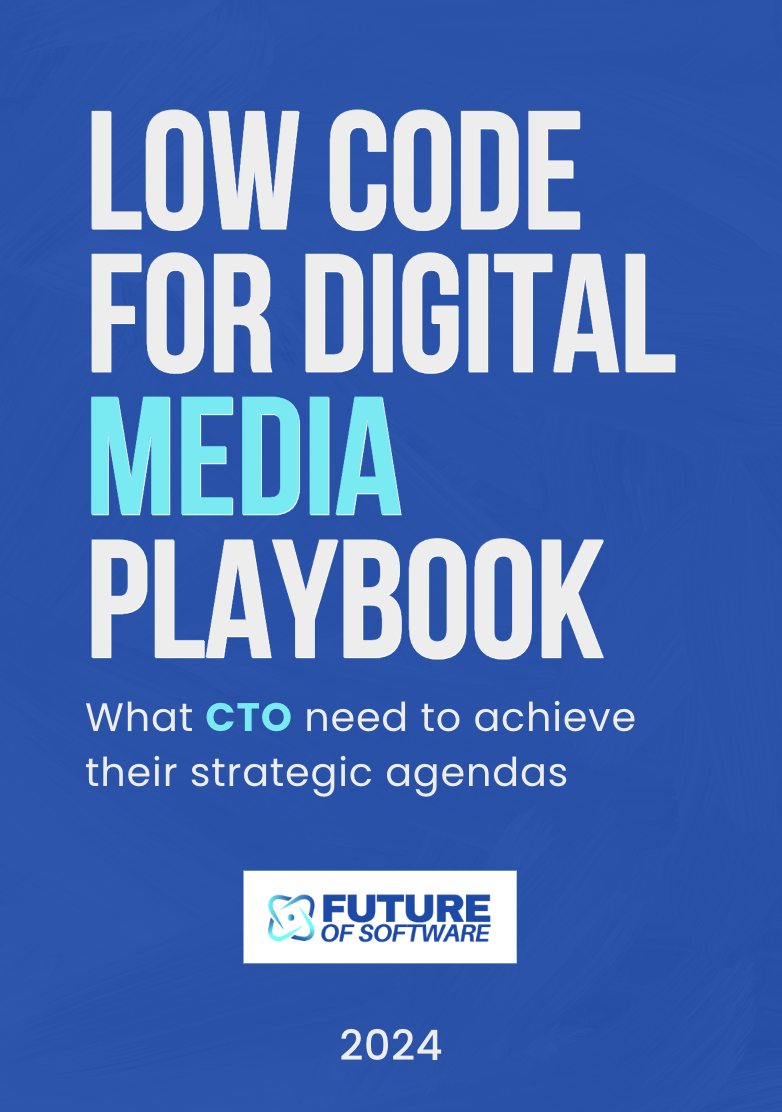Understanding Augmented Intelligence
Augmented Intelligence: A New Era
Augmented intelligence is like having a super-smart sidekick for your brain, blending human intuition with the raw power of machines. It's not about replacing human intelligence but enhancing it. Imagine the best of both worlds—our natural creativity and empathy combined with the speed and precision of artificial intelligence.
How It Works
Think of augmented intelligence as a toolkit that helps us make better decisions. It uses data analytics and machine learning to provide insights that we might miss on our own. These systems are designed to process large data sets in real time, offering actionable insights that can be used across various fields, from healthcare to business intelligence.
Real-Life Applications
In healthcare, augmented intelligence is already making waves. Doctors use these systems to analyze patient data, leading to more accurate diagnoses and personalized treatment plans. It's like having a second opinion that's powered by data science and machine learning. In business, augmented analytics tools help companies make data-driven decisions, improving efficiency and profitability.
The Human Touch
Despite the advanced technology, human intelligence remains central. Augmented intelligence systems are designed to help, not hinder, human decision-making. They provide the insights, but it's still up to us to make the final call. This collaboration is what makes augmented intelligence so powerful.
Looking Ahead
As we continue to explore the potential of augmented intelligence, it's clear that this technology will play a crucial role in shaping our future. From improving healthcare outcomes to revolutionizing business practices, the possibilities are endless. For more insights on how technology is changing our interaction with digital platforms, check out our post on hands-free scrolling.
Key Technologies Driving Augmented Intelligence
Driving Forces Behind Augmented Intelligence
Augmented intelligence is not just a buzzword; it's a blend of human smarts and machine prowess. At its heart, this concept marries artificial intelligence with human intelligence to create systems that are smarter and more efficient. Let's break down the core technologies that make this possible.Machine Learning and Data Analytics
Machine learning is the brain behind augmented intelligence. It helps systems learn from data sets, making them smarter over time. Imagine a business using augmented analytics to sift through mountains of data. This isn't just about crunching numbers; it's about drawing meaningful insights that help in decision making. These insights can steer a company towards better strategies, saving both time and resources.Natural Language Processing
Natural language processing (NLP) is the tech that allows machines to understand and respond to human language. It's what makes your virtual assistant understand your voice commands or helps customer service bots answer queries in real time. NLP is key in making interactions between humans and machines more seamless and natural.Augmented Analytics Tools
These tools are like having a personal data scientist at your fingertips. They simplify complex data analytics, making it accessible to non-tech folks. Businesses can leverage these tools to gain insights without needing a deep understanding of data science. This democratization of data analytics means more informed decision making across the board.Integration with Business Intelligence Systems
Combining augmented intelligence with existing business intelligence systems creates a powerhouse for data-driven decisions. It allows businesses to not only understand what happened in the past but also predict future trends. This predictive capability is invaluable for staying ahead in the competitive market.Healthcare: A Case in Point
In healthcare, augmented intelligence is a game-changer. From predictive analytics that forecast patient outcomes to systems that help doctors make better clinical decisions, the impact is profound. These technologies don't replace human intelligence; they enhance it, leading to better patient care and more efficient health care systems. For more insights into how these technologies are shaping the future, check out our article on hands-free scrolling innovations.Applications Across Industries
Augmented Intelligence in Action
Augmented intelligence isn't just a buzzword; it’s a real game-changer across various sectors. By combining machine abilities with human intelligence, industries are now able to tap into insights like never before. This partnership enhances decision making, offering a fresh perspective powered by data analytics tools.
Imagine healthcare organizations aiming to provide precise patient care. Augmented intelligence allows these institutions to analyze huge data sets quickly, facilitating data driven decisions around treatment plans. This not only saves time but also significantly improves patient outcomes. With a real-time overview of patient data, health care professionals can identify trends or anomalies that were previously buried in medical records.
In the realm of business intelligence, organizations are actively using augmented analytics to improve operational efficiency. Advanced systems equipped with machine learning provide deep insights into consumer behavior. This helps businesses adjust strategies proactively. The power of artificial intelligence is deployed to process big data, giving a crystal clear understanding of market needs.
A great example can be found in financial services where augmented intelligence is helping firms manage risks efficiently. Predictive analytics tools assess potential threats, enabling companies to formulate the best practices against fraud. This not only protects financial assets but also boosts trust among clients.
Natural language processing in customer service is another intriguing application. Through this, augmented intelligence enhances user experience by providing accurate and timely responses to inquiries. Cutting-edge systems integrate huge volumes of data to offer seamless interactions, making the entire process more efficient and lessening the burden on human agents.
Even in sectors like human resources, augmented software is aiding in tasks such as candidate screening and workforce analytics. By analyzing specific data, such as resumes and performance metrics, these systems can help in selecting the most suitable candidates while also predicting employee success and retention rates.
The benefits of augmented intelligence are far-reaching, offering a myriad of applications across industries. As technology advances, we can expect even more innovative applications that will help in reshaping industries. Excited to explore more transformative technologies? Check out the latest trends in robotic process automation to see how this revolution is underway.
Challenges and Ethical Considerations
Balancing Innovation with Responsibility
As augmented intelligence continues to integrate into our daily lives, it brings with it a set of challenges and ethical considerations that are hard to ignore. The promise of enhanced decision-making and improved business intelligence is enticing, but it's important to tread carefully.
Data Privacy and Security Concerns
With vast amounts of data being processed by augmented analytics tools, the risk of data breaches and privacy violations looms large. Ensuring the security of data sets, especially in sensitive areas like healthcare, is crucial. Companies must adopt best practices to protect user information and maintain trust.
Bias and Fairness in AI Systems
Artificial intelligence and machine learning systems are only as good as the data they are trained on. Bias in data can lead to skewed insights and unfair outcomes, particularly in decision making processes. It's vital to develop systems that promote fairness and inclusivity, ensuring that human intelligence and ethics guide AI development.
Human and Machine Collaboration
While augmented intelligence aims to complement human capabilities, there is a fear of machines replacing human jobs. The focus should be on creating systems that enhance human potential, allowing people to focus on complex tasks that require creativity and emotional intelligence.
Regulation and Accountability
As the use of augmented intelligence expands, regulatory frameworks need to evolve to keep pace. Clear guidelines and accountability measures are essential to ensure that businesses use AI responsibly. Policymakers and industry leaders must work together to create a safe environment for innovation.
As we continue to explore the future of software, these challenges remind us of the importance of ethical considerations in technology. By addressing these issues head-on, we can harness the power of augmented intelligence while safeguarding the values that matter most.
Future Trends and Innovations
Emerging Trends in Augmented Intelligence
As we look ahead, augmented intelligence is set to change the way we work and live. The blend of human and artificial intelligence is becoming more seamless, with machine learning and data analytics tools working hand-in-hand with human intelligence to improve decision making. This evolution is not just about enhancing efficiency but also about making smarter choices in real time.
Data-Driven Decisions
Data is the new gold, and businesses are mining it to gain insights that were previously out of reach. With augmented analytics, companies can sift through big data sets to find patterns and trends that inform strategic decisions. This isn't just about crunching numbers; it's about using those numbers to make informed choices that drive success. In healthcare, for example, data-driven insights are helping professionals provide better care and improve health outcomes.
Human and Machine Collaboration
The future is about collaboration between humans and machines. Augmented intelligence systems are designed to enhance human capabilities, not replace them. By working together, we can achieve more than either could alone. This partnership is evident in various sectors, from business intelligence to healthcare, where artificial intelligence assists in analyzing complex data sets, allowing humans to focus on creative and strategic tasks.
Real-Time Insights
In today's fast-paced world, timing is everything. Augmented intelligence provides real-time insights that help businesses stay ahead of the curve. Whether it's analyzing consumer behavior or monitoring health care trends, the ability to access and act on information instantly is a game-changer. This agility is what sets successful businesses apart in a competitive market.
Best Practices for the Future
As we embrace augmented intelligence, it's crucial to adopt best practices that ensure ethical and effective use. This includes transparency in data usage, safeguarding privacy, and fostering a culture of continuous learning. By prioritizing these principles, businesses can build trust and maximize the benefits of augmented intelligence.
As we prepare for an augmented future, it's essential to stay informed and adaptable. The integration of augmented intelligence into our lives is not just a trend; it's a shift that will redefine how we interact with technology and each other.








